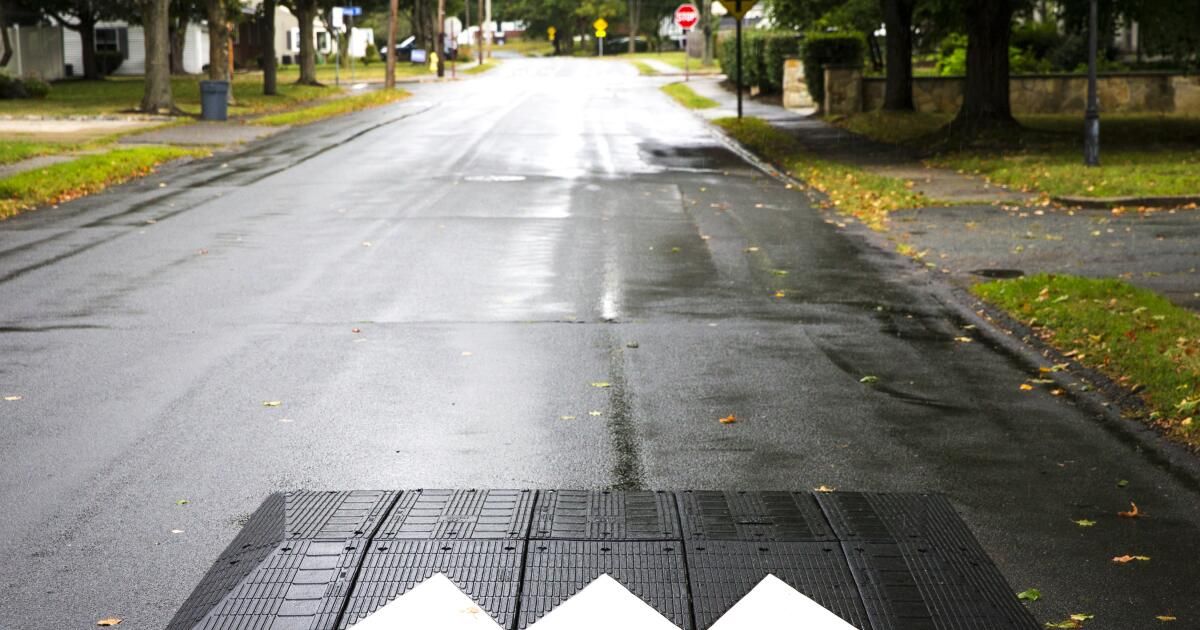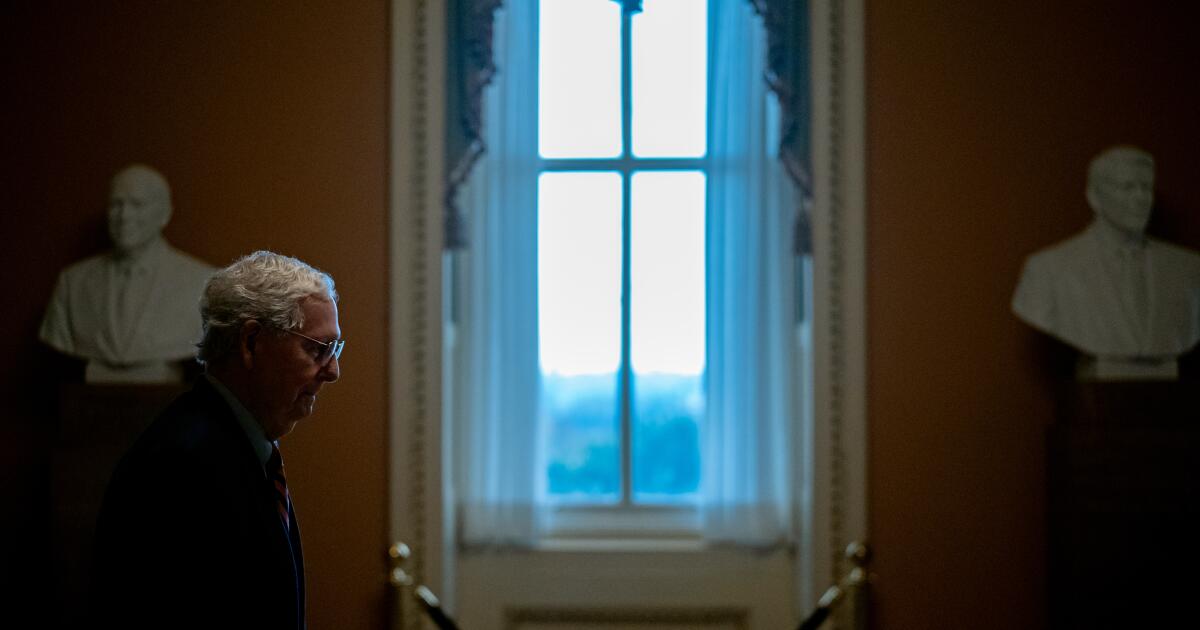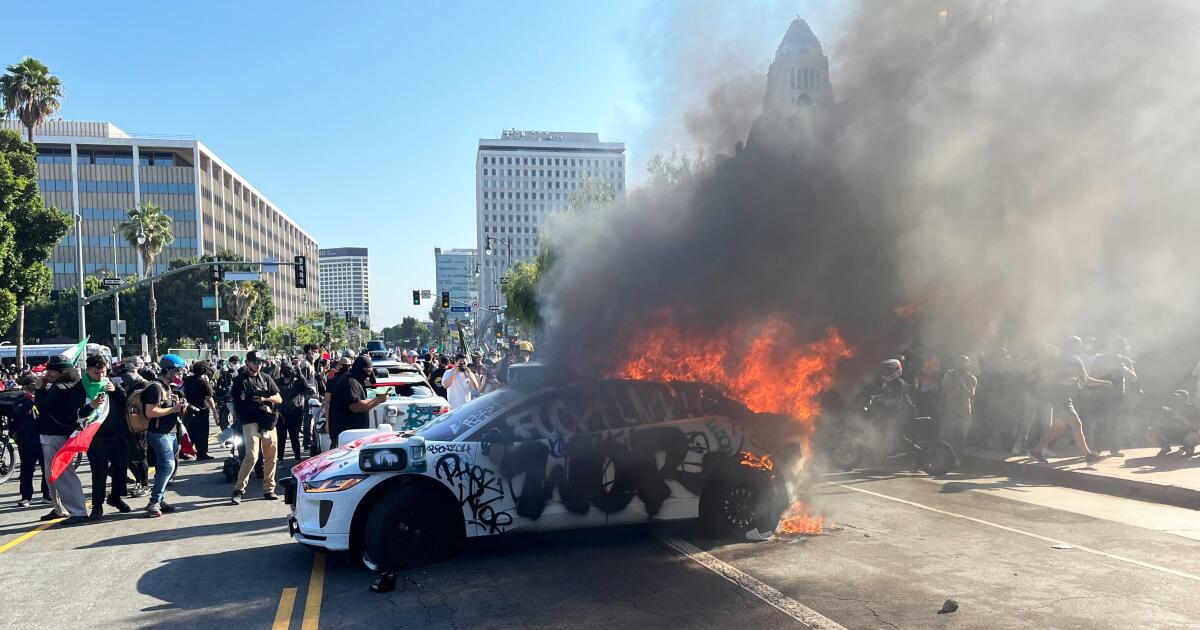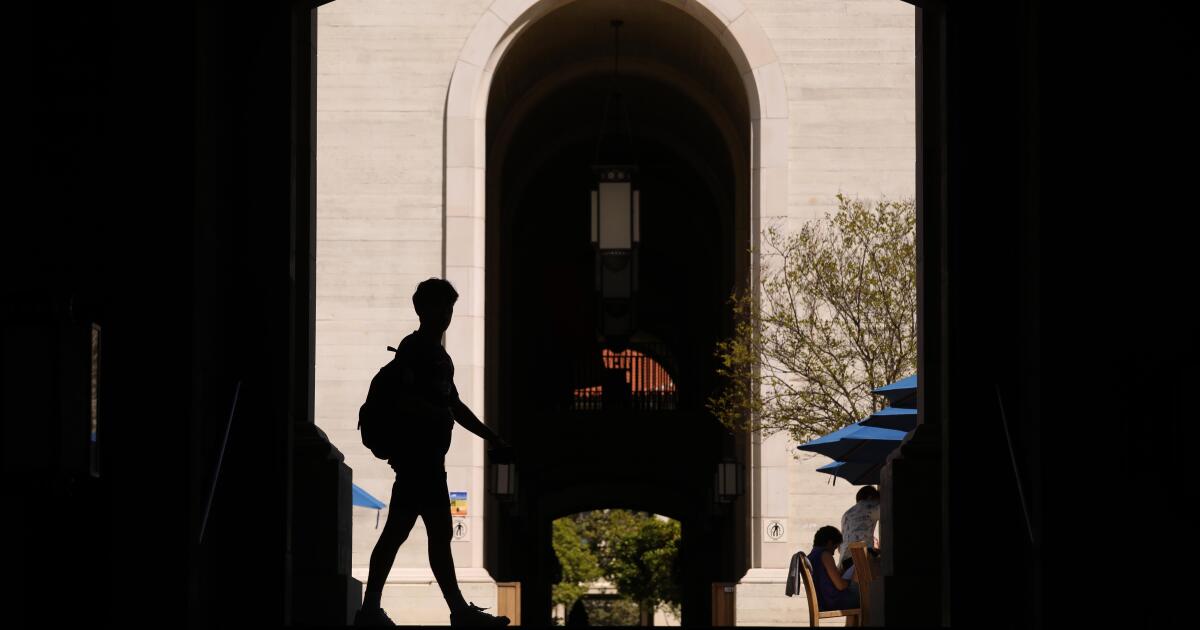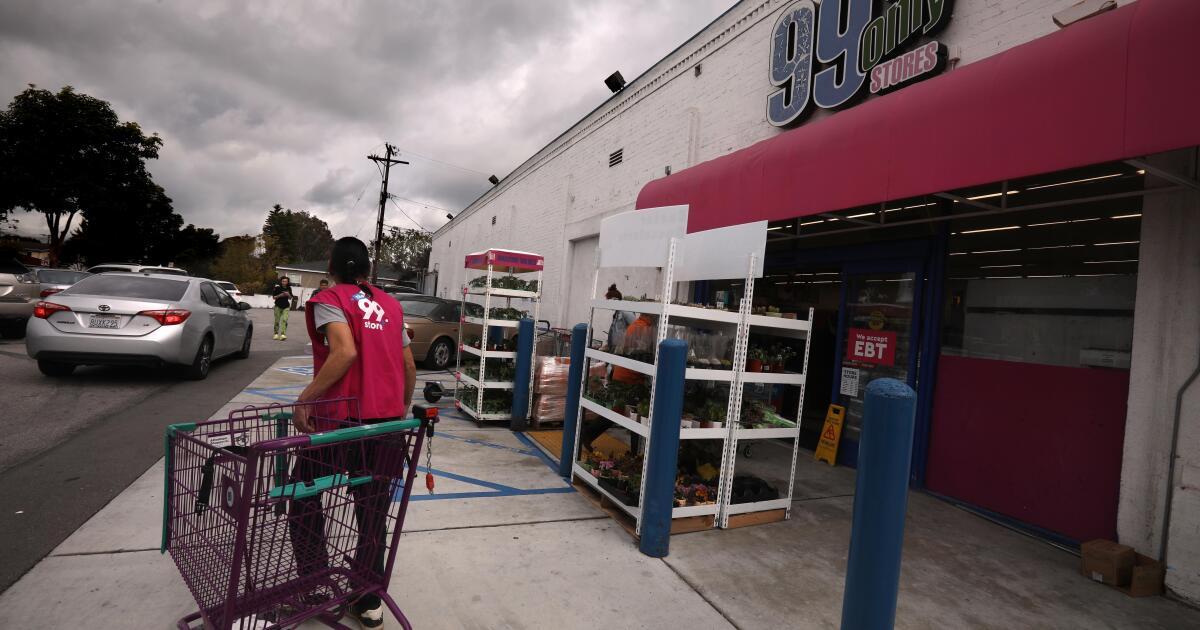What is the most exclusive and difficult reservation to get in Los Angeles? No, we're not talking about getting dinner at n/naka, funke or another of the best restaurants in the city, or even a departure time on the city's sought-after municipal golf courses. We are referring to the madness that occurs approximately once a year when the city opens the speed bump application window.
This rare event allows residents to apply for an asphalt bump on their block to slow drivers and discourage shortcut traffic. The last time the window opened was in October 2022, the application limit of 375 was reached and applications were cut off less than 10 minutes after the online portal opened. The Los Angeles Department of Transportation accepted 25 applications from each of the council's 15 districts. Only 96 streets were financed, six per district. Construction of the new humps should be completed next month.
The window opens again this week, at 9 a.m. Thursday. Once again, the city encourages residents to be prepared when the application period begins. Any bets on how long it will take for the window to close?
The better question is why Los Angeles treats a request for an important piece of traffic safety infrastructure like a ticket to a Taylor Swift concert. Residents shouldn't have to stand in line once a year just to try to make their neighborhoods safer for people to walk, bike, and drive.
There should be a more efficient and equitable way to decide where speed bumps should be located. The current application system favors neighborhoods where residents are aware of city services and people have the ability to apply online at 9 a.m. sharp on a weekday. To be more inclusive, the department could lengthen the application deadline so more residents would have the opportunity to apply and use a lottery to choose streets that “win” speed bumps.
This year, applicants must also have the support of at least two-thirds of affected residents on the street to get speed bumps approved, again favoring people who have the time and resources to rally support in their neighborhood. .
Wouldn't it make more sense for the city to use the $2 million it budgets each year for the residential speed bump program to proactively target streets that have problems with speeding and traffic, or that are heavily used by pedestrians and cyclists? Speed bumps can also be installed with grants, as part of a development project or with the help of a council office. Last year, the City Council voted to install speed bumps at 50 high-priority schools after a mother died while walking her daughter to an elementary school in Hancock Park.
There is clearly a demand for traffic calming measures, and rightly so. Last year, 336 people died in car accidents, more than in any of the last 20 years. Los Angeles had more traffic deaths than homicides in 2023.
This month, voters overwhelmingly approved Measure HLA, which will require the city to redesign select streets to make them safer and easier for people to walk, bike, and take public transportation, as outlined in the 2035 Mobility Plan. The plan calls for projects to provide a quiet and safe environment for walking and bicycling on about 800 miles of local streets. Some of those projects could include speed bumps.
There is an epidemic of speeding, reckless and distracted driving in Los Angeles, and residents are clamoring for safer streets. The city's job is to figure out how to make improvements on the ground as quickly and fairly as possible. An online application system that opens once a year for a few minutes at a time is not an efficient or equitable way to do this.

